Busting GST Myth!!! Uniform prices across Country unlikely

It is unlikely that GST will bring uniform rates across country in short term
GST will bring uniform tax structure and hence uniform prices across country may prove to be big myth if politics has its own way over financial wisdom. The uniform effective rate of taxation and consequential uniform prices across countries would be possible only when the states too have uniform rate of SGST.
Political compulsions to force states to have “Pro-consumer” rates- Having been isolated over GST and projected in poor light for having resisting GST, Congress may not be very aggressive in imposing high rate of taxes in Congress ruled states on the election plank of having “pro-consumer and anti-inflationary GST rate.”. At the time of discussions on GST bill, Congress had been insisting to fix 18% standard rate of GST in constitution itself, something which had few takers. Congress stand had been that unless this is done, disparity in tax rates cannot be done away with.
Political Parties across various states may opt for populist rates to gain vote banks
It was true. Now since this is not done, now if rumors in political circles are to be believed then the congress ruled states would have lower rate of SGST to ensure that the prices are lower in these states compared to BJP ruled states. With Central elections just 2 years away by the time, GST comes into force; this may become a big poll plank to fight for. With politics coming at centre stage, having uniform rate of SGST across all states is just not possible.

Assumption 2- Lower rates to trigger more consumption and thus more revenue- Some states may also work on assumption that lower rate may trigger higher consumption of certain categories of goods and may insist to have their own tax rates not comparable with other or even their neighboring states.
In this whole political ballgame, ultimate the consumer in some states is going to benefit.
The problem is not limited to just lack of political will alone. Post GST coming into operation, it will not be easy for any state to arrive at revenue neutral rate(RNR). Arriving at correct RNR, states would need to have service tax collection data, something which no state can boast of having accurate one. In case consumer displays some elastic behavior on consumption n some sectors due to change in prices due to GST, the existing data may further go into toss. Some sectors which may display volatile elastic behavior are luxury Cars, high end two wheelers, jewelery, luxury goods etc. Thus estimate toe right RNR may not be possible and at best RNR across few categorized may be estimated with some accuracy.
Political Maths to come into play- Then come political compulsions. Presently SUVs which are effectively taxed at about 54%, may get taxed at about 40% only and in such case Government would have to give benefit to small cars too so as not to appear pro-rich. If so happens, the demand for smaller cars would rise and then what effect it would have on public transport system and thus on clogged network of roads.
Another assumption which may turn into big fallacy is that there would be just three GST band of rates which may not be possible in practical scenario.

 Sales Tax For E-Commerce: 3 Things Small Businesses Should Know
Sales Tax For E-Commerce: 3 Things Small Businesses Should Know 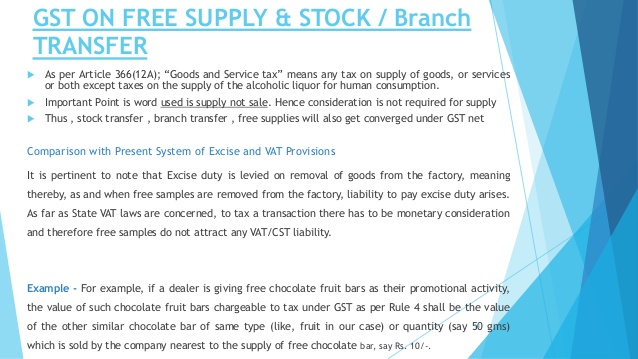 What Is The GST Liability on Free Supply of Goods and Services?
What Is The GST Liability on Free Supply of Goods and Services?  Some FAQs about GST- Understanding Scope and Provisions of GST
Some FAQs about GST- Understanding Scope and Provisions of GST 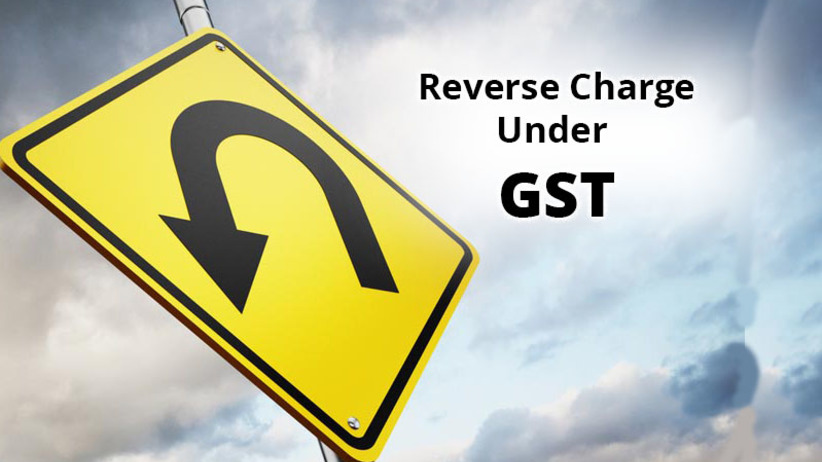 Understanding the Reverse Charge mechanism under GST and IGST?
Understanding the Reverse Charge mechanism under GST and IGST?  Pros and Cons of GST- Is Ushering in of GST worth Celebrating as media wants us to believe?
Pros and Cons of GST- Is Ushering in of GST worth Celebrating as media wants us to believe? 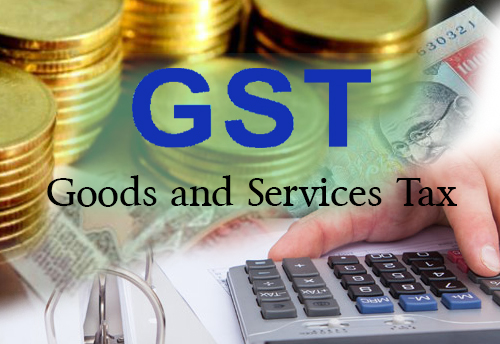 Arrests and Detention Provisions under GST in Detail- Are these justified
Arrests and Detention Provisions under GST in Detail- Are these justified 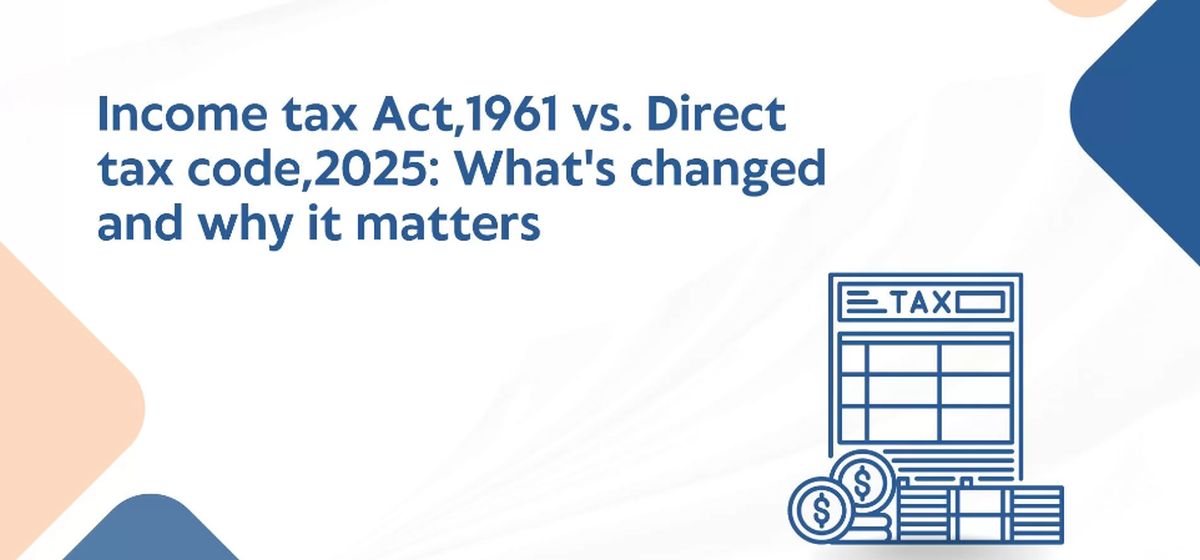 Major Changes Expected in Direct Tax Code 2025 and why these matter
Major Changes Expected in Direct Tax Code 2025 and why these matter  Can an assessee pay House Rent to his parents and claim relief? Would there be any legal complications?
Can an assessee pay House Rent to his parents and claim relief? Would there be any legal complications?  Boost Your Business & Reduce Taxes: A Guide to Maximizing Benefits Under Section 80JJAA
Boost Your Business & Reduce Taxes: A Guide to Maximizing Benefits Under Section 80JJAA 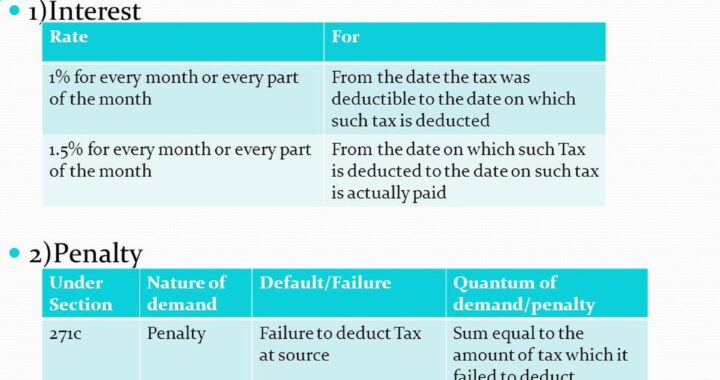 What is remedy to taxpayer if the Tax deductor fails to deposit the TDS or fails to file TDS Return
What is remedy to taxpayer if the Tax deductor fails to deposit the TDS or fails to file TDS Return